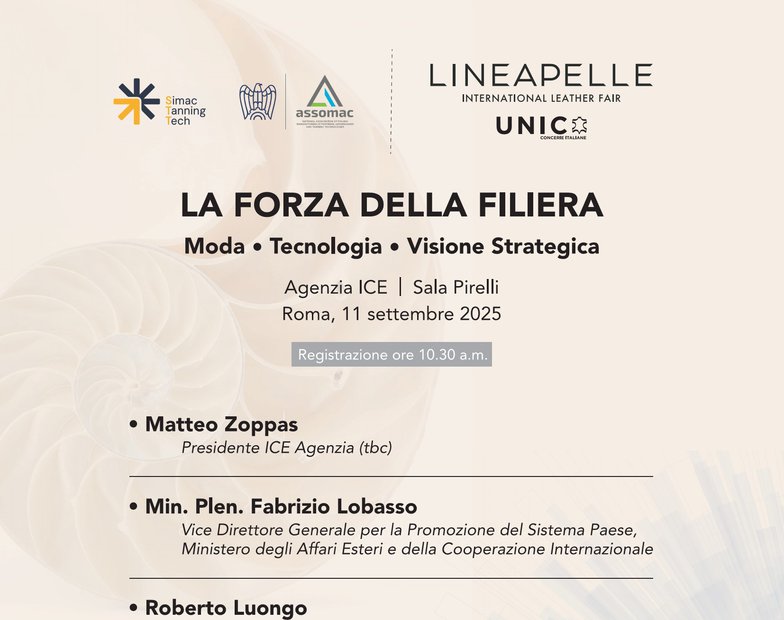Next-gen metaverse platform ZERO10 is bringing digital fashion to the masses with its latest boundary-crossing, interactive retail project: interdimensional pop-up store that aims to bridge the gap between the real and the virtual. [Exclusive: Zero10’s Pop-Up Store Is Changing Virtual Fashion. Here’s How. – Jing-Daily]
Fashion platform ZERO10 has partnered with creative design company Crosby Studios on the release of its latest online retail project — a first-of-its-kind, interdimensional pop-up store that aims to bridge the gap between the real and the virtual. Opening on September 7 in the heart of NYC’s Soho, the concept will fuse the traditional brick-and-mortar format with experiential elements to create what the partnership calls a “physical gateway into the metaverse.” The pop-up is set to carry almost no physical items, instead using a blend of QR codes and AR technology to present shoppers with real-time try-on features and options. The leading next-gen business aims to spotlight up-and-coming digital designers through its platform, as well as provide innovative tech solutions to brands looking to enter the online world.
Though not a stranger to the world of virtual retail, this marks the first time ZERO10 will bring the AR try-on experience into the physical shopping space. Digital-first retailers are banking on concepts like these as they enter the next phase of the online fashion era. Alongside the rise of phygital products and token-gated experiences, these multidimensional, interactive pop-ups provide avenues for mass consumers to experience Web3, bringing virtual garments closer to the mainstream than ever before.
The question of accessibility also comes into play. Although Caroline Rush, CEO of the British Fashion Council, has suggested that 10-15 percent of wardrobes could end up becoming virtual, digital wearables have largely been limited to the online-native community through dedicated platforms such as DressX and The Dematerialised. Now, shoppers in both the physical and virtual space have access to explore the new concepts and technologies paving the way for the future of clothing, making Rush’s prediction seem a little more achievable.
The collaboration joins several names exploring mainstream convenience in the metaverse through offline pop-ups. For instance, metaverse retail company Highstreet and fashion label 8-Bit’s multidimensional concept store featured a series of portals and digital clones that seamlessly transported onlookers between the online and offline retail realms.
Groups are also using the phygital pop-ups to onboard potential customers into Web3, something that was evident during Cult & Rain’s recent interdisciplinary event at Outernet London. With a crypto winter in full swing, these retail experiences are a promising example of how digital outfits can endure by fusing education and experience with IRL socialization. Buckle up — the next era of virtual self-expression is here.


